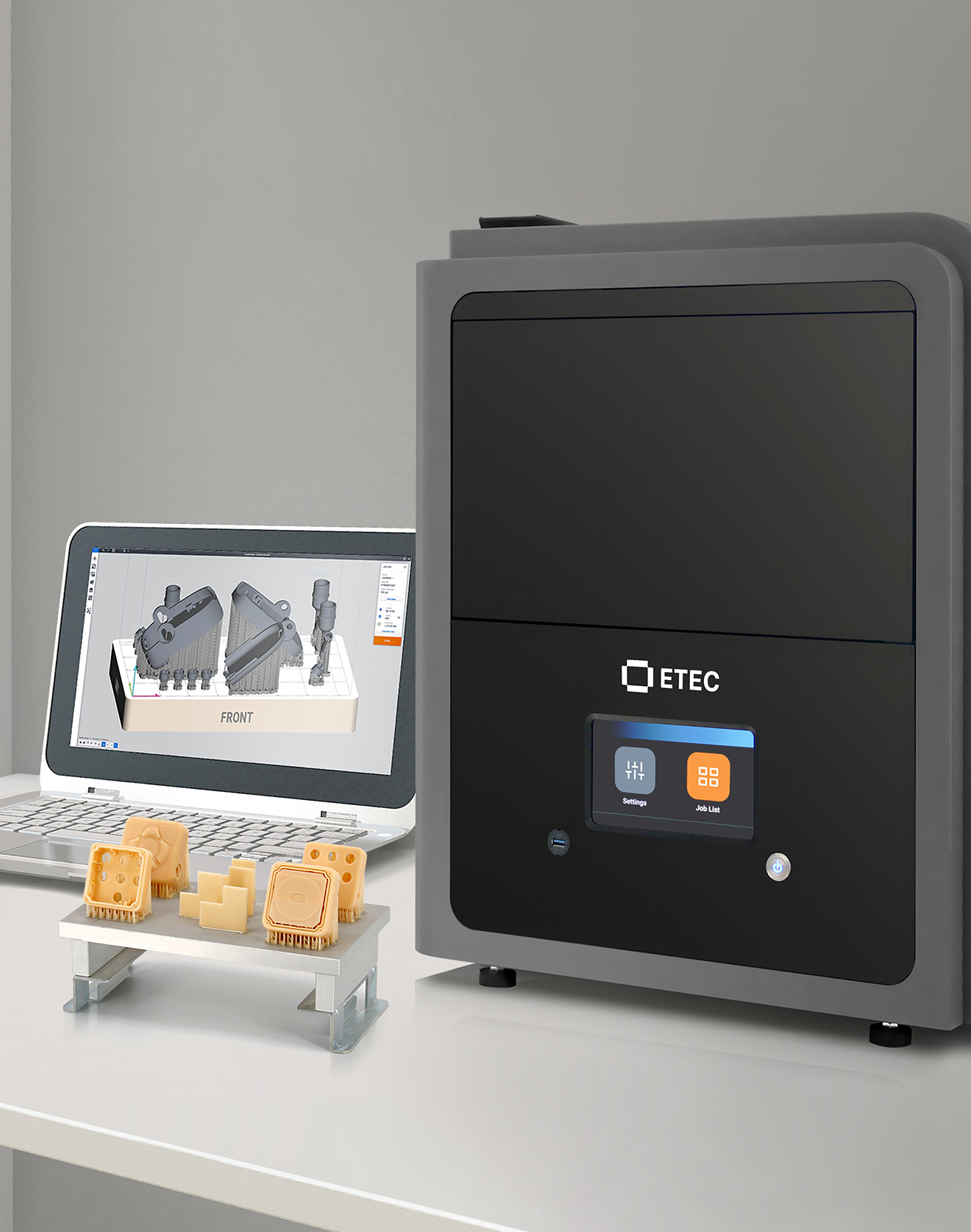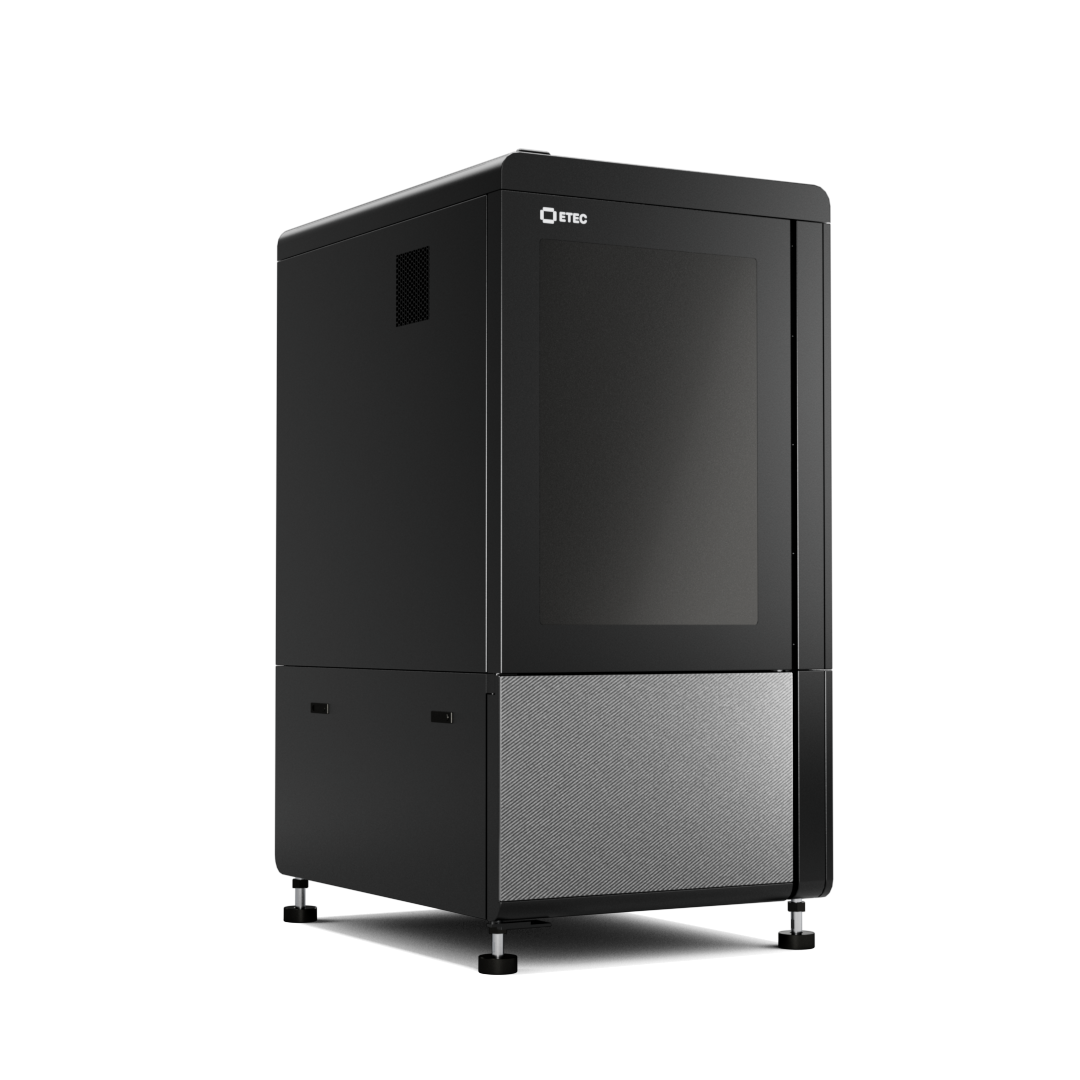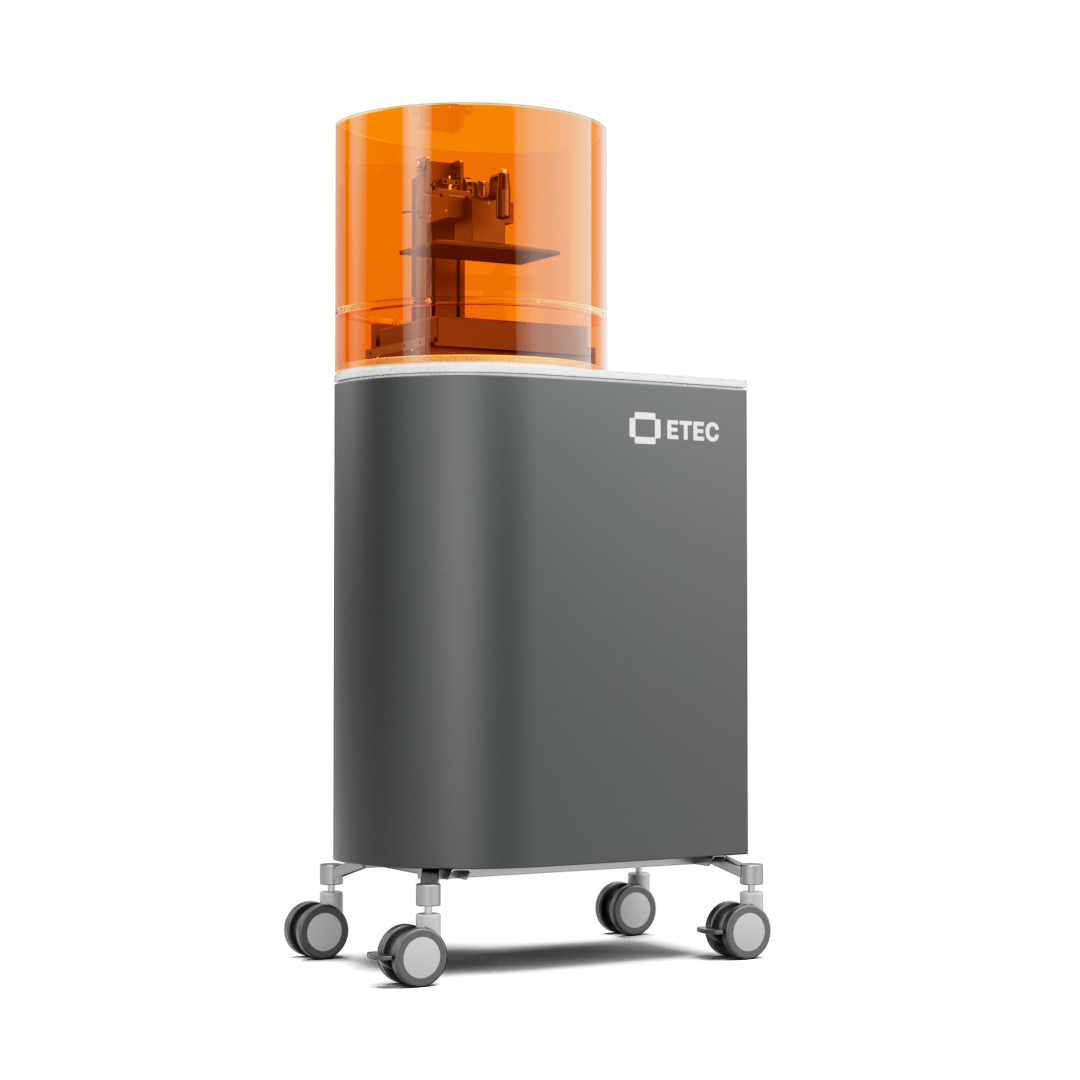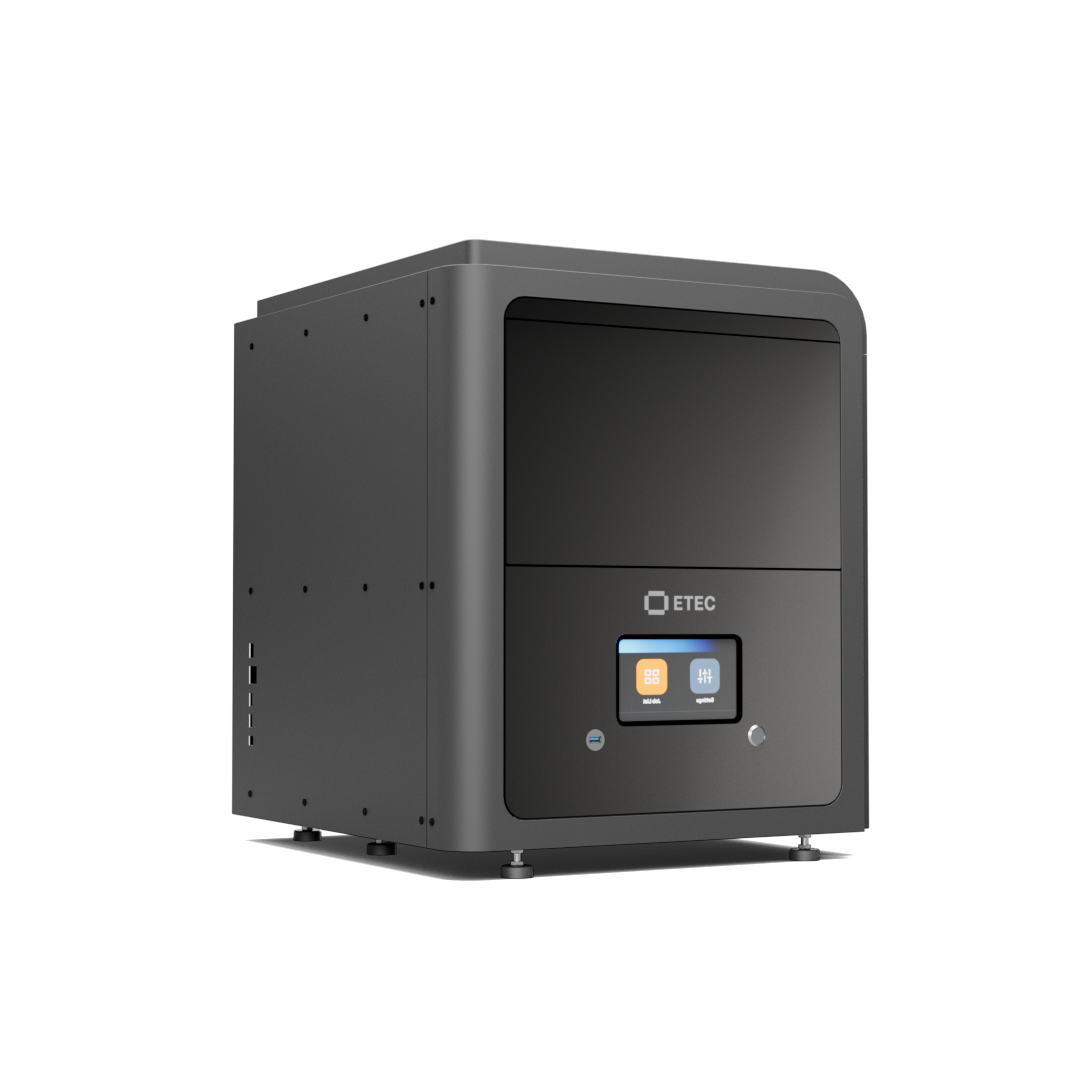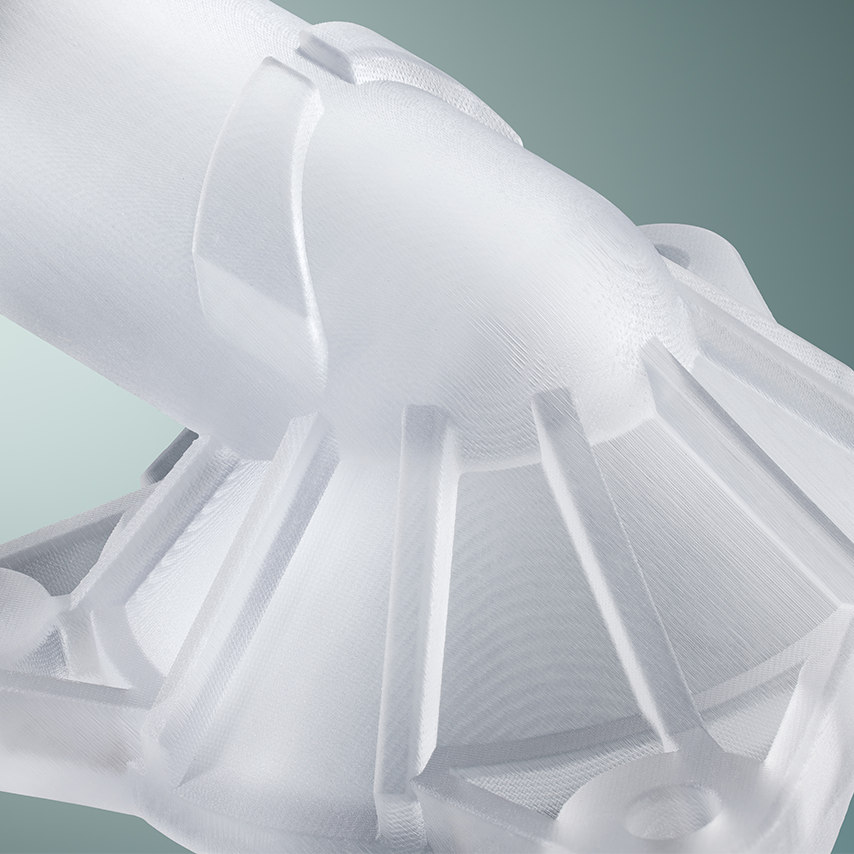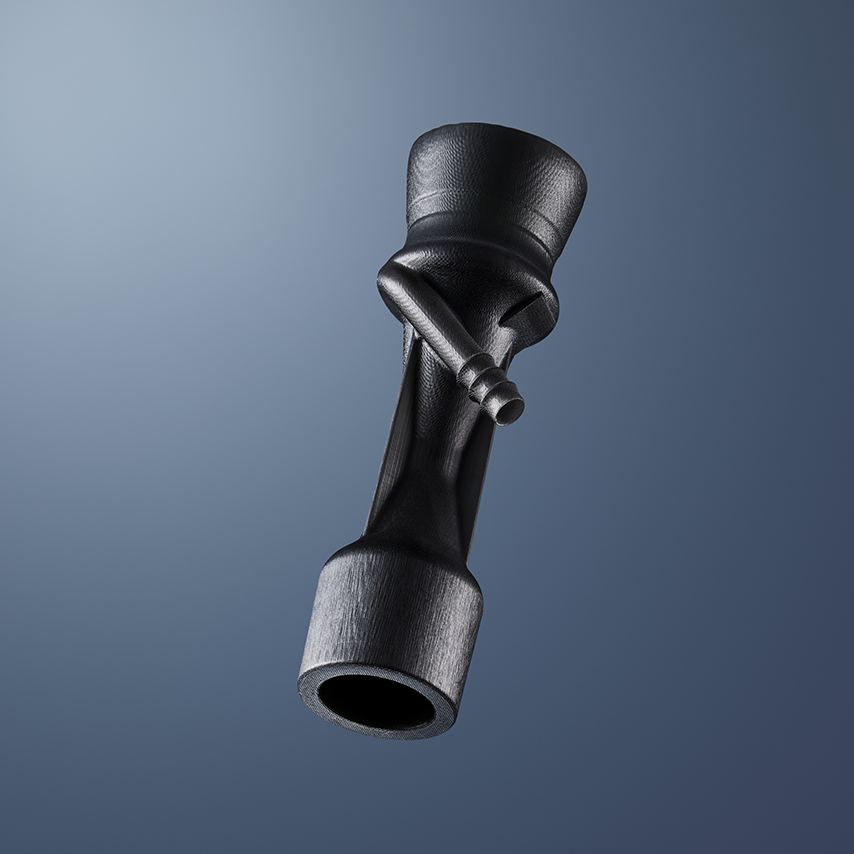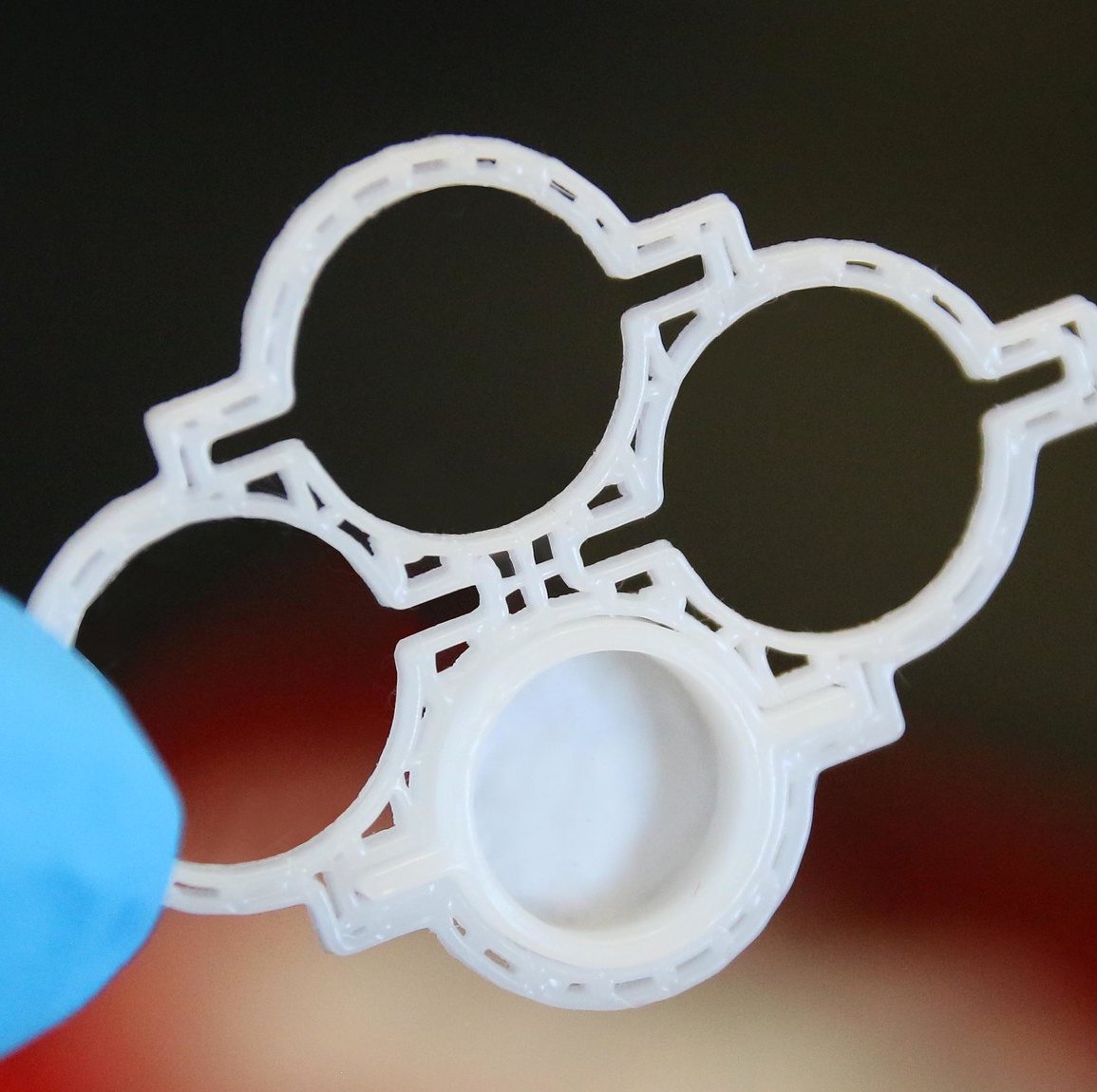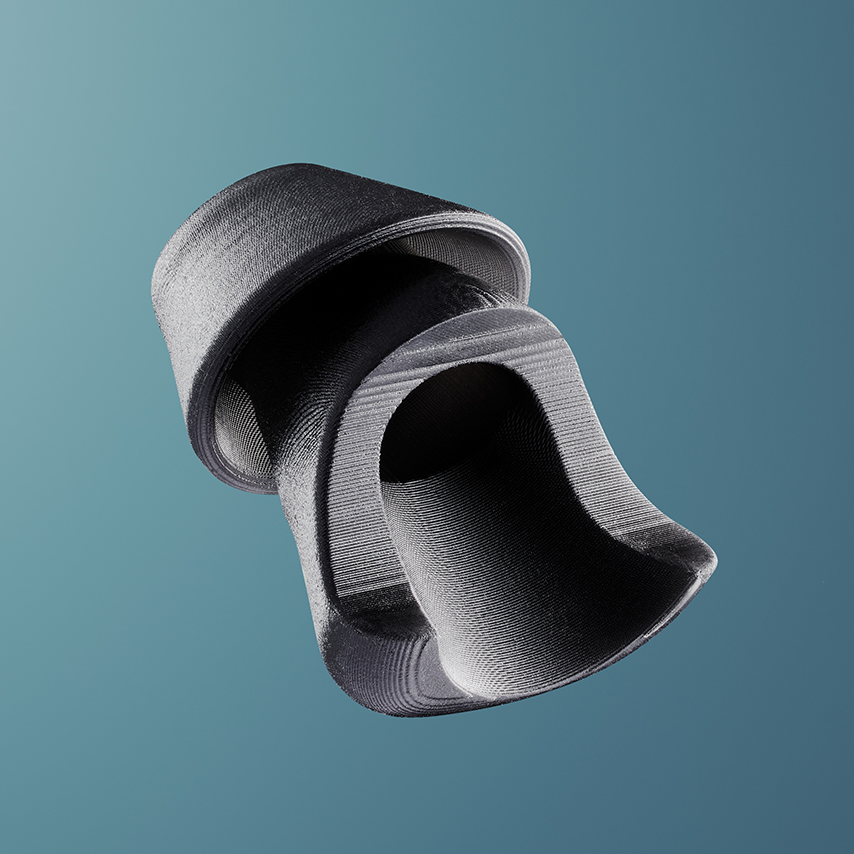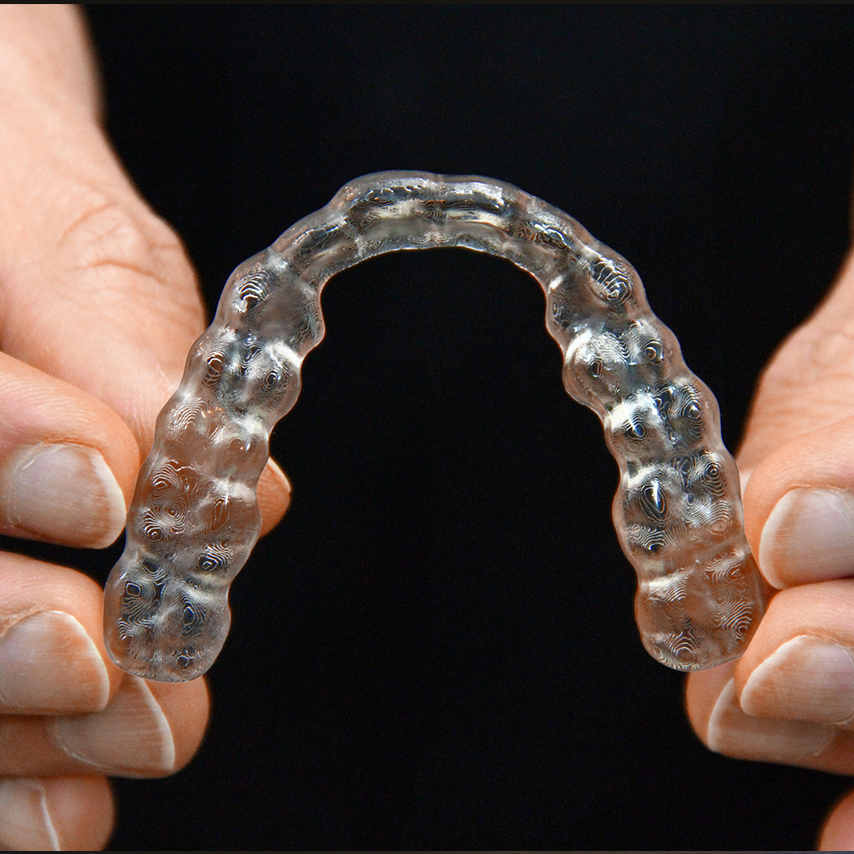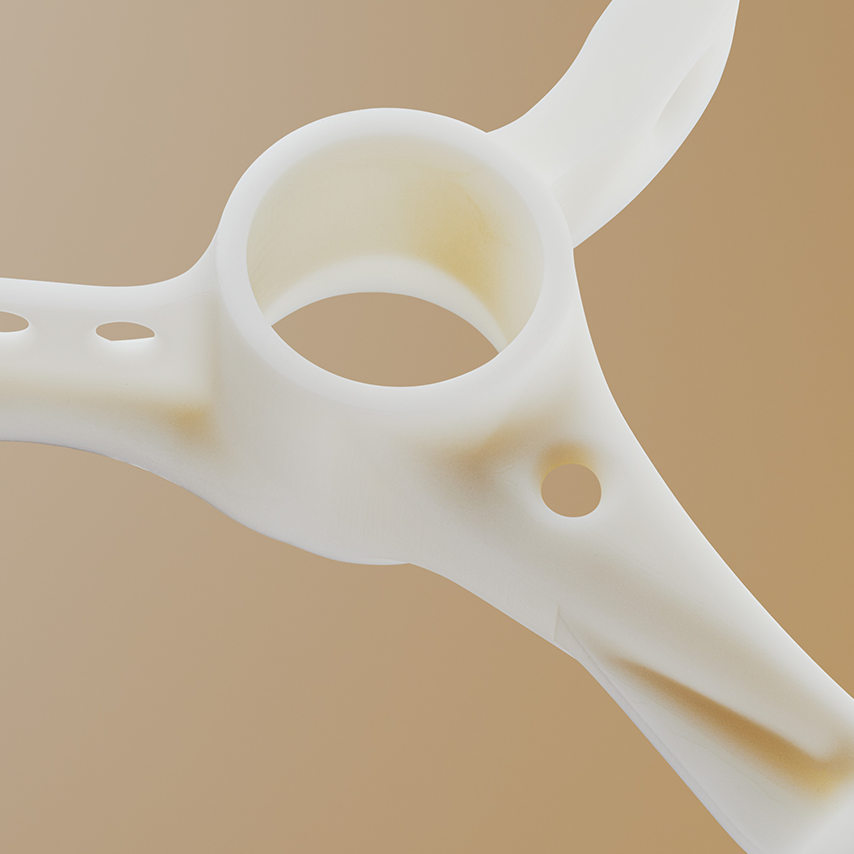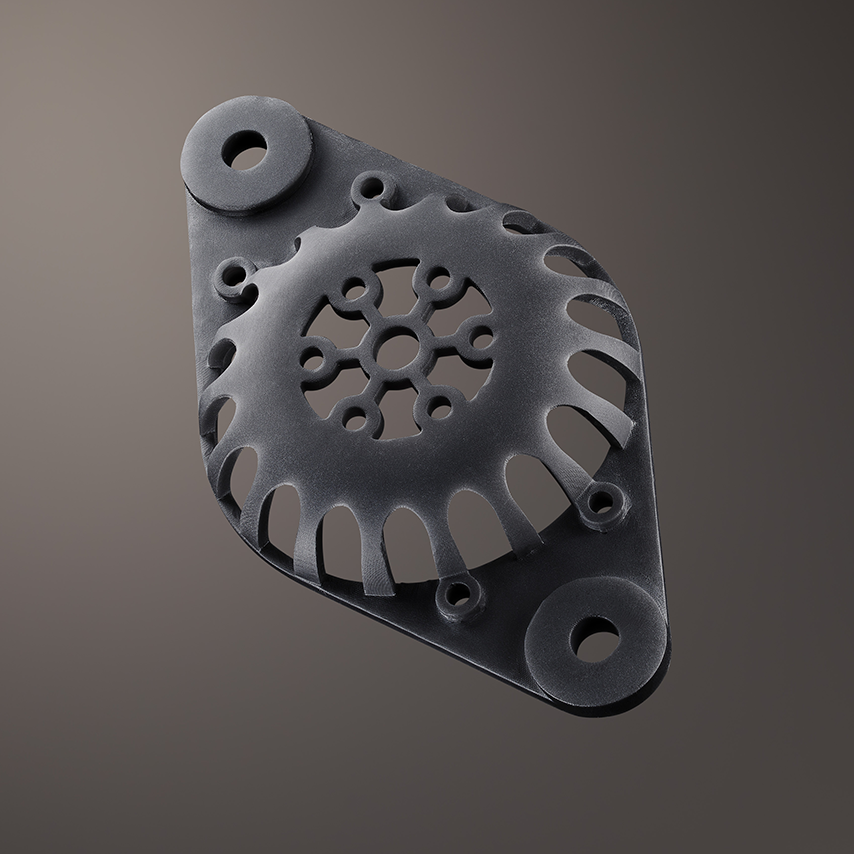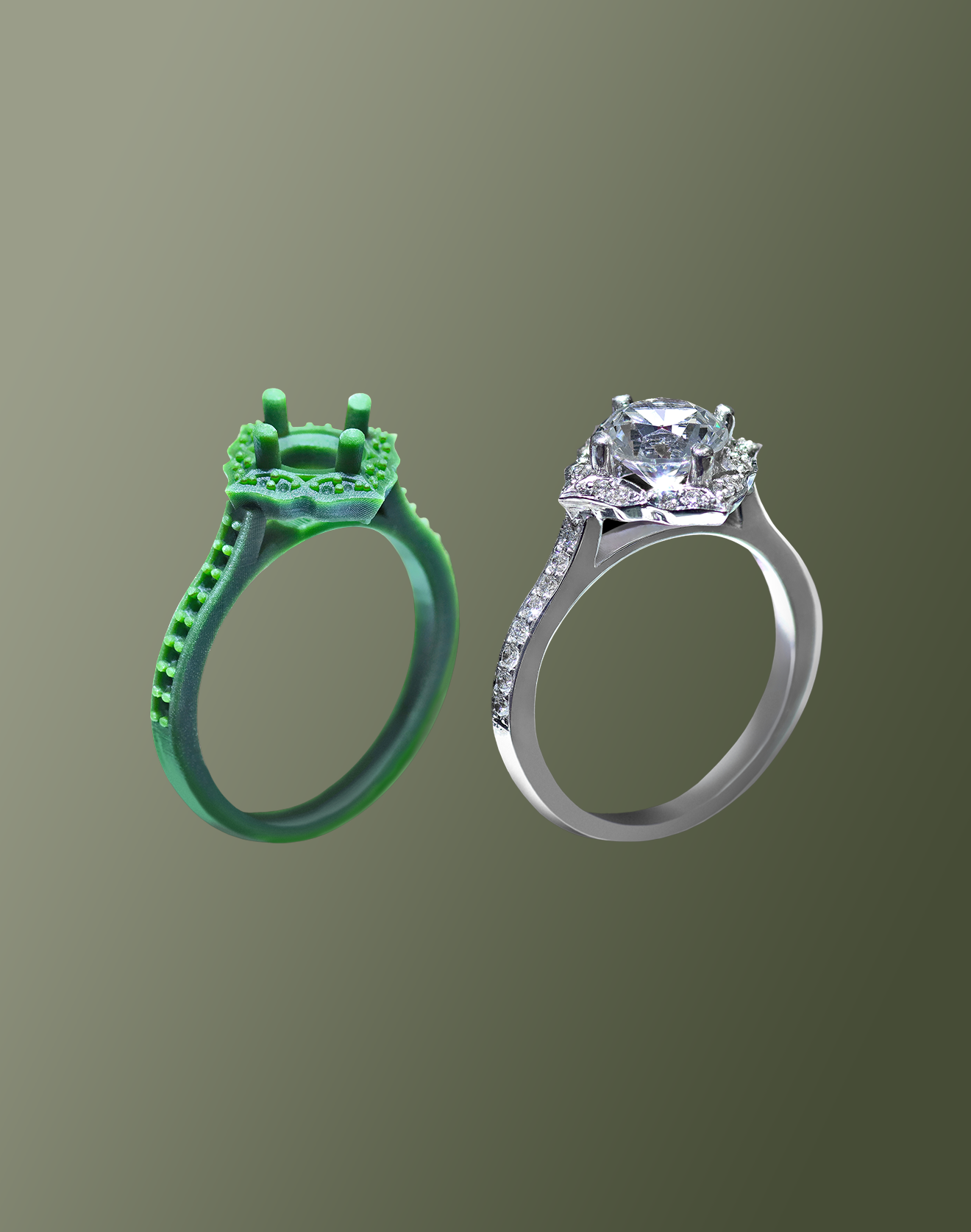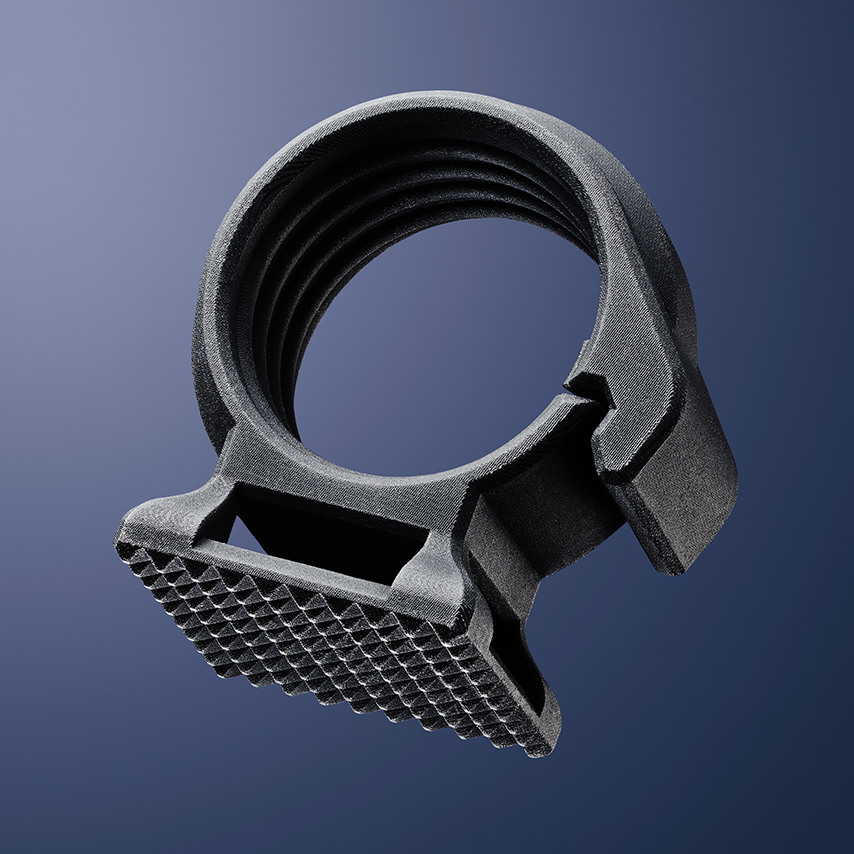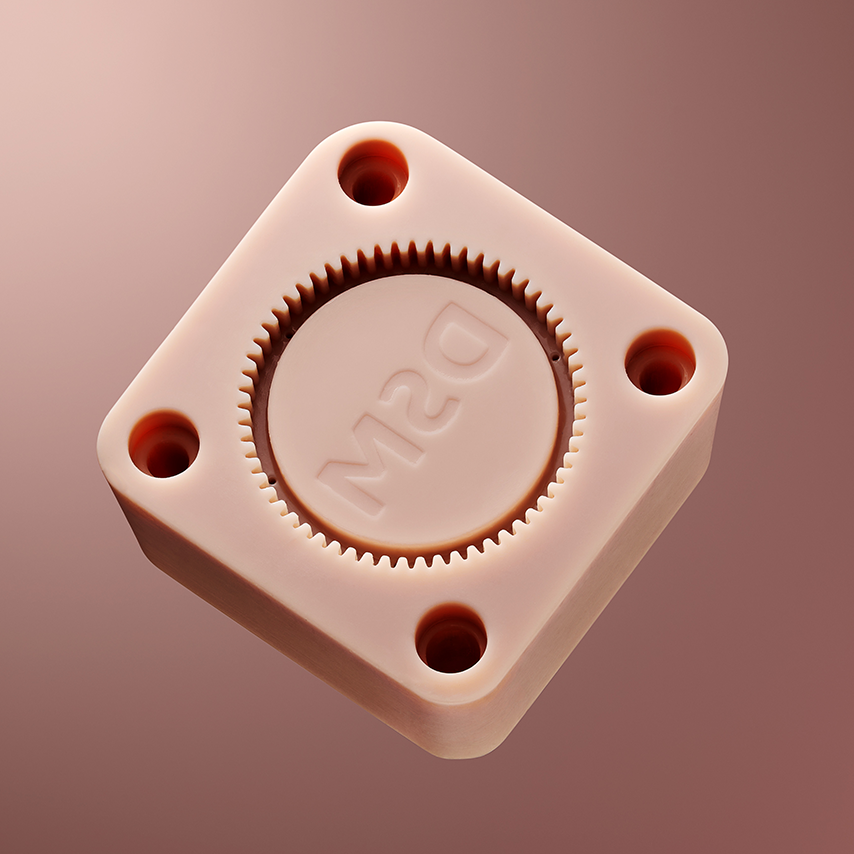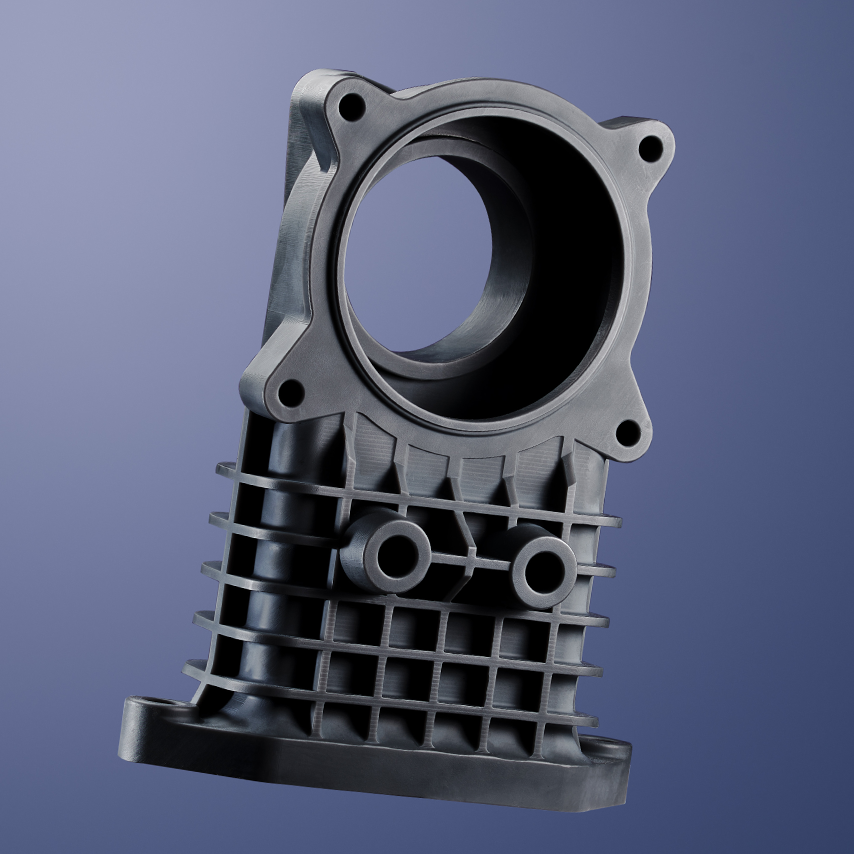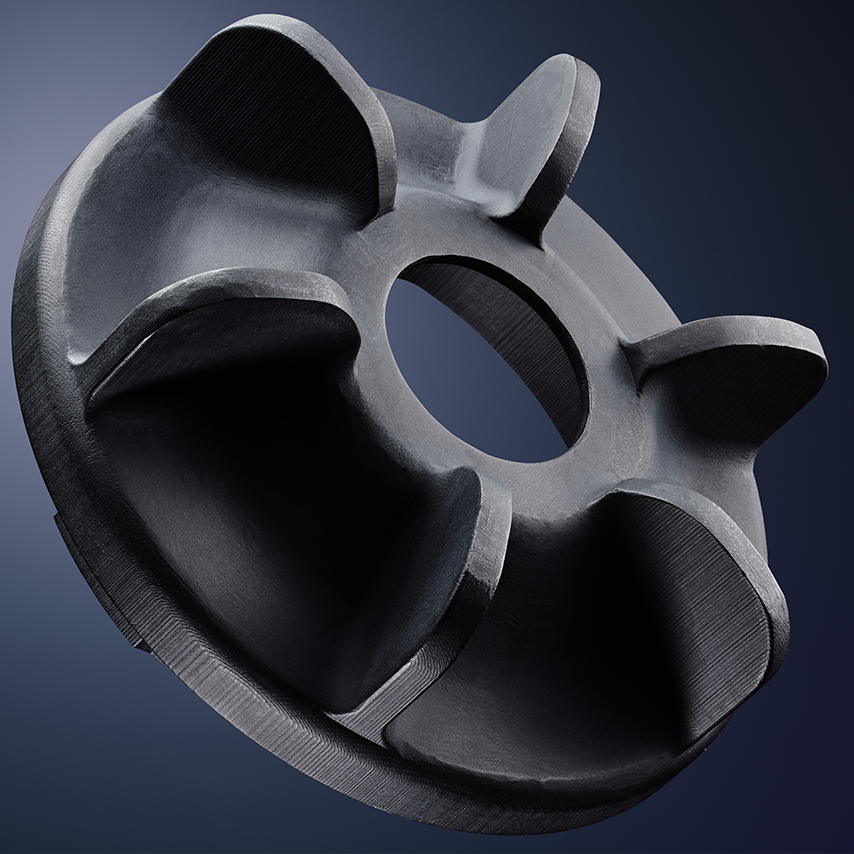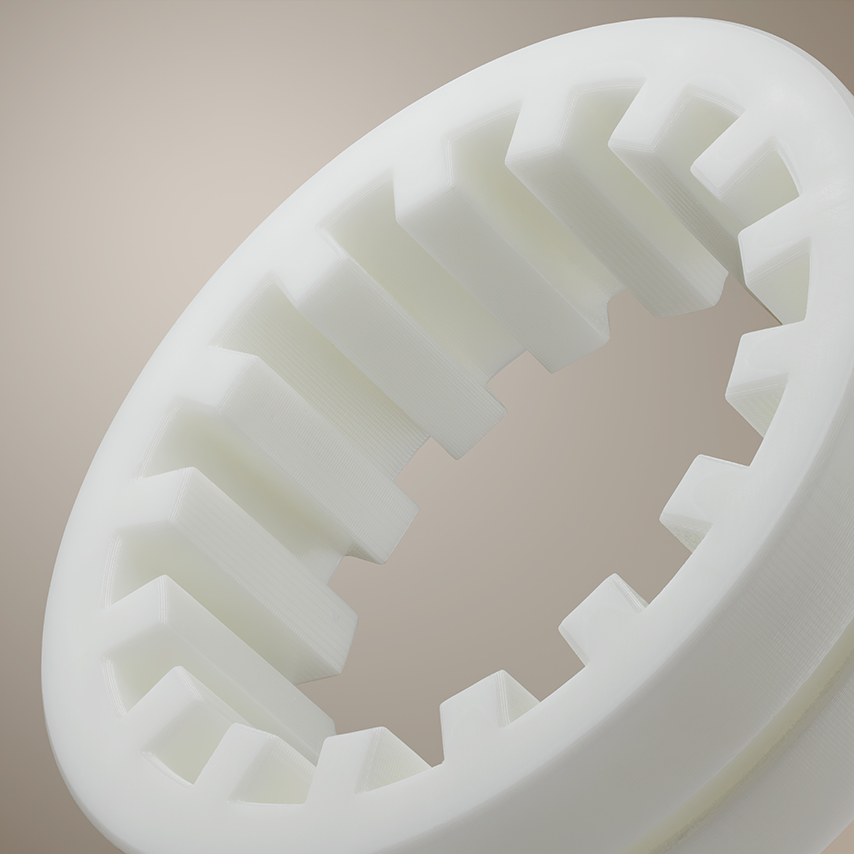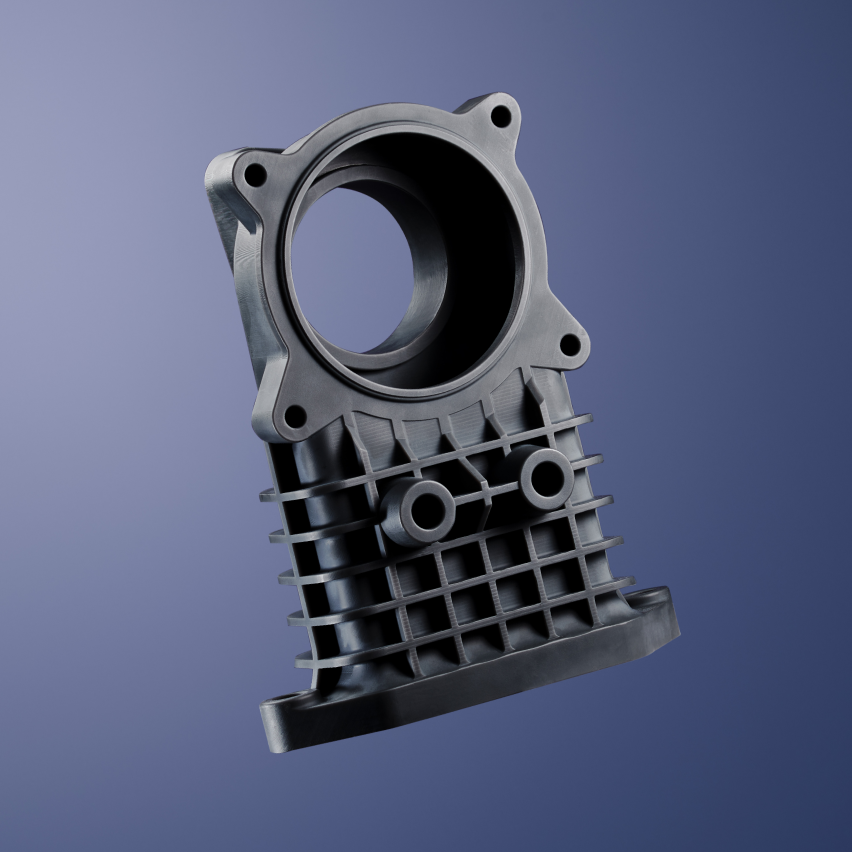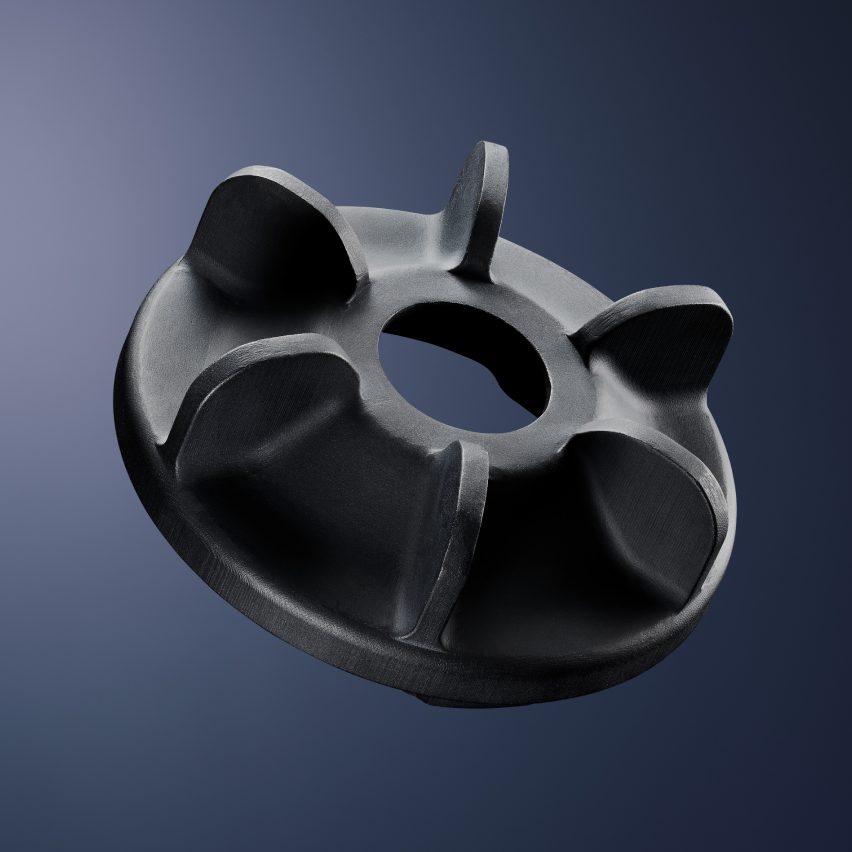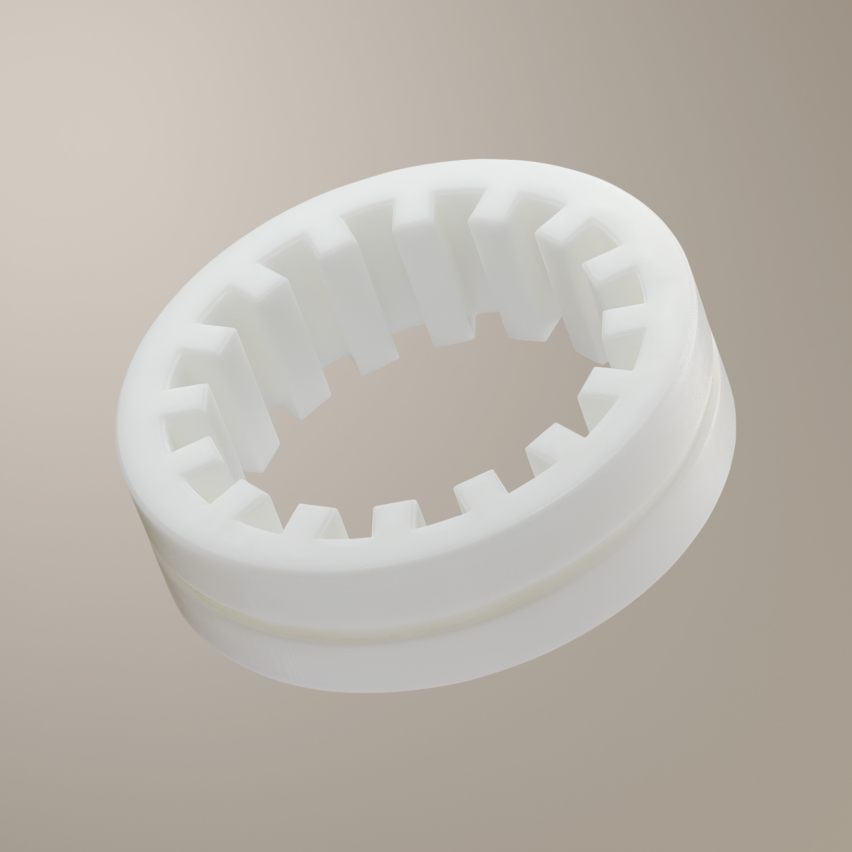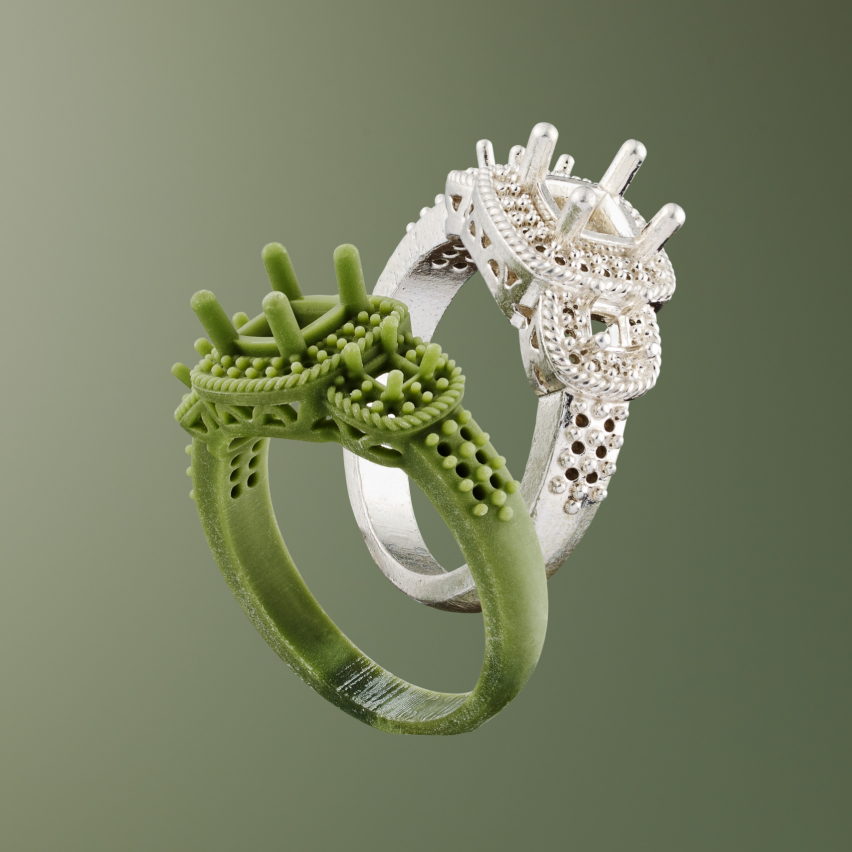Our Systems
- Printer technology
- Build envelope
- Models
- XY Resolution
- Z Resolution
Why ETEC?
High Accuracy + Feature Detail
High-resolution printing with Industrial DLP Chips
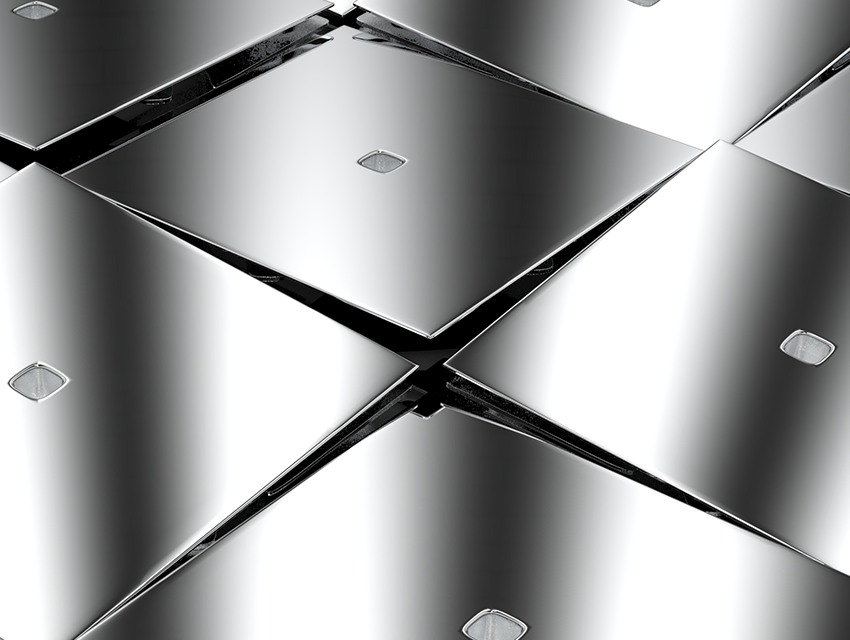
DLP chips come in a variety of configurations, from industrial chips designed for 3D printing to less expensive chips intended for video projectors found in many offices. While some DLP print technologies choose to use these inexpensive chips to reduce costs, ETEC only uses true industrial DLP chips, which allow for higher contrast ratios, resulting in finer part details.
High-resolution printing with Custom Designed Optics
ETEC optics were designed from the ground up for the ETEC DLP print process. These optics are designed to reduce image distortion and ensure the maximum amount of energy is transferred from the LED light source to the resin.
High-resolution printing with CDLM Domeless Printing
To print continuously (without peeling) requires flowing oxygen through a permeable film just above the print bed to create a “dead zone”. Within this ‘dead zone’ the polymerization process is inhibited ensuring the layer being printed adheres to the layer above and not the printing bed film. This ‘dead zone’ is what enables continuous printing, where the build plate can continually move in the Z axis, leading to faster, more reliable prints.
On competitor “dead zone” printers, by comparison, air pressure from the flowing oxygen causes the film to dome up. Printing parts on that domed surface greatly impacts resolution along the Z axis, as well as the ability to print flat parts on the build plate.
ETEC’s CLDM technology uses over 200,000 pillars to hold the film perfectly flat, resulting in significantly better Z-axis resolution and allowing for the printing of flat parts straight to the bed with no supports.
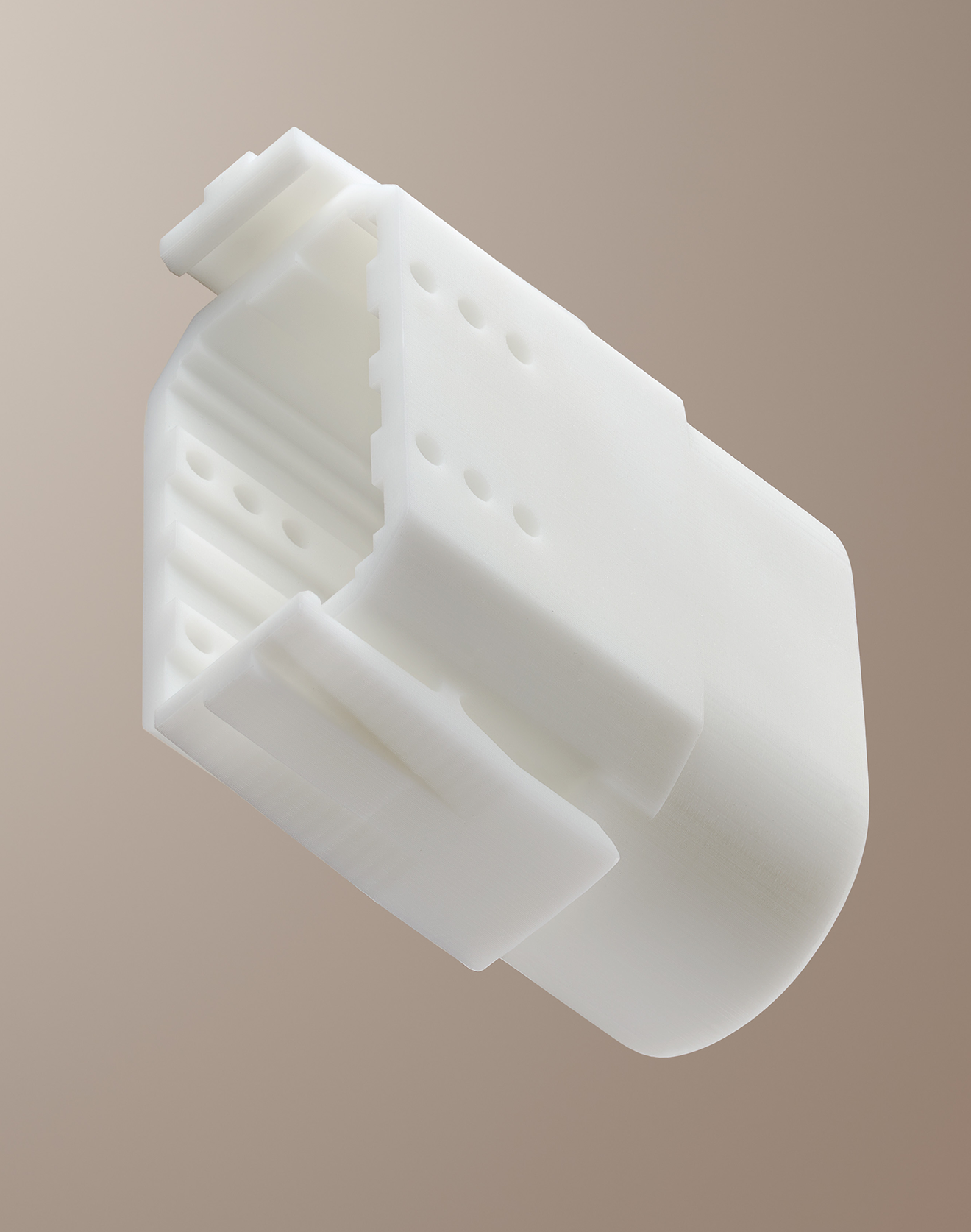

Smooth Surface Finish
Smooth surface finish with Pixel Shifting
![]()
Projectors deliver light in square-shaped pixels, which creates volumetric pixels, or voxels, as resin cures.
Along curved edges, however, square pixels create a jagged edge – what the industry often refers to as “stair stepping.”
As the size of printed objects and build volumes increase, stair stepping becomes more pronounced.
ETEC printers use patented pixel-shifting technology to move pixels at the edge of parts half a pixel in both the X and Y directions, cutting stair-stepping by half and delivering significantly improved surface finish.
Smooth surface finish with Pixel Tuning
![]()
Anti-aliasing technologies are ubiquitous today — used virtually everywhere digital images appear, from cell phones to TV screens and more.
ETEC brings the same technology to the 3D realm by using anti-aliasing techniques at the edge of print layers to improve surface finish. Since voxels grow from the center of a part to the edges, applying less power to these outside pixels ensures they only grow to the desired edge of the part and not beyond. (Less power = slower polymerization growth)
Called pixel tuning, that process dramatically reduces pixelation on the edges of parts, resulting in a surface finish that requires little to no post-processing.
Smooth surface finish with CDLM and Top-down Printing
Most forms of DLP require each layer to be peeled off the film between each layer as the build plate moves up. As each layer is peeled, a small lip is formed on the part, which roughens the surface finish.
The patented CDLM process of the Envision One and top-down printing of the Xtreme 8K eliminate the need for peeling. With no peeling, lipping does not occur, resulting in a significantly better surface finish than other DLP processes.
During top-down printing, parts are fully submerged in the resin. With the parts supported by the resin, fewer support structures are needed, ultimately resulting in a better final surface finish.
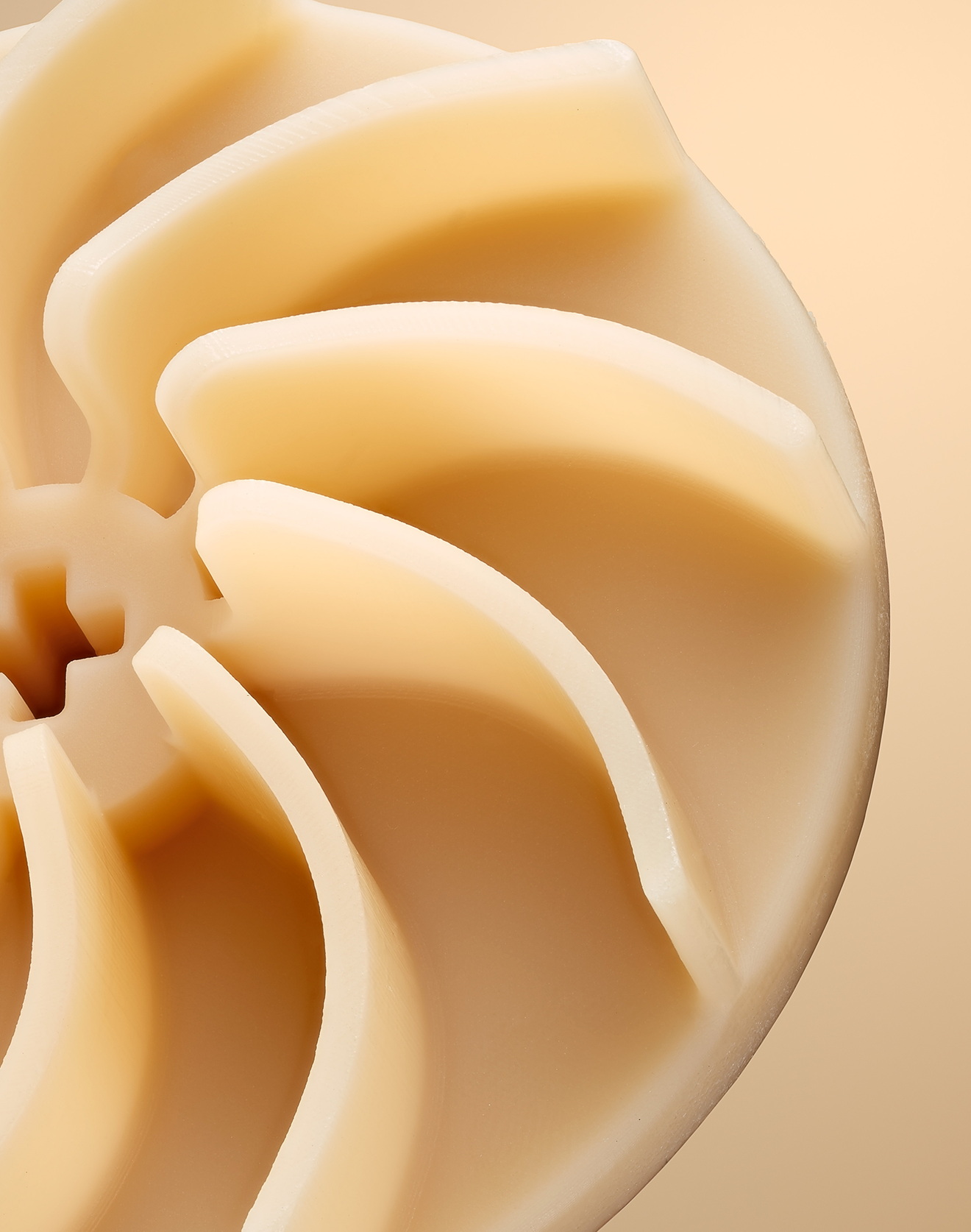

High Throughput
High throughput via Large Build Volumes
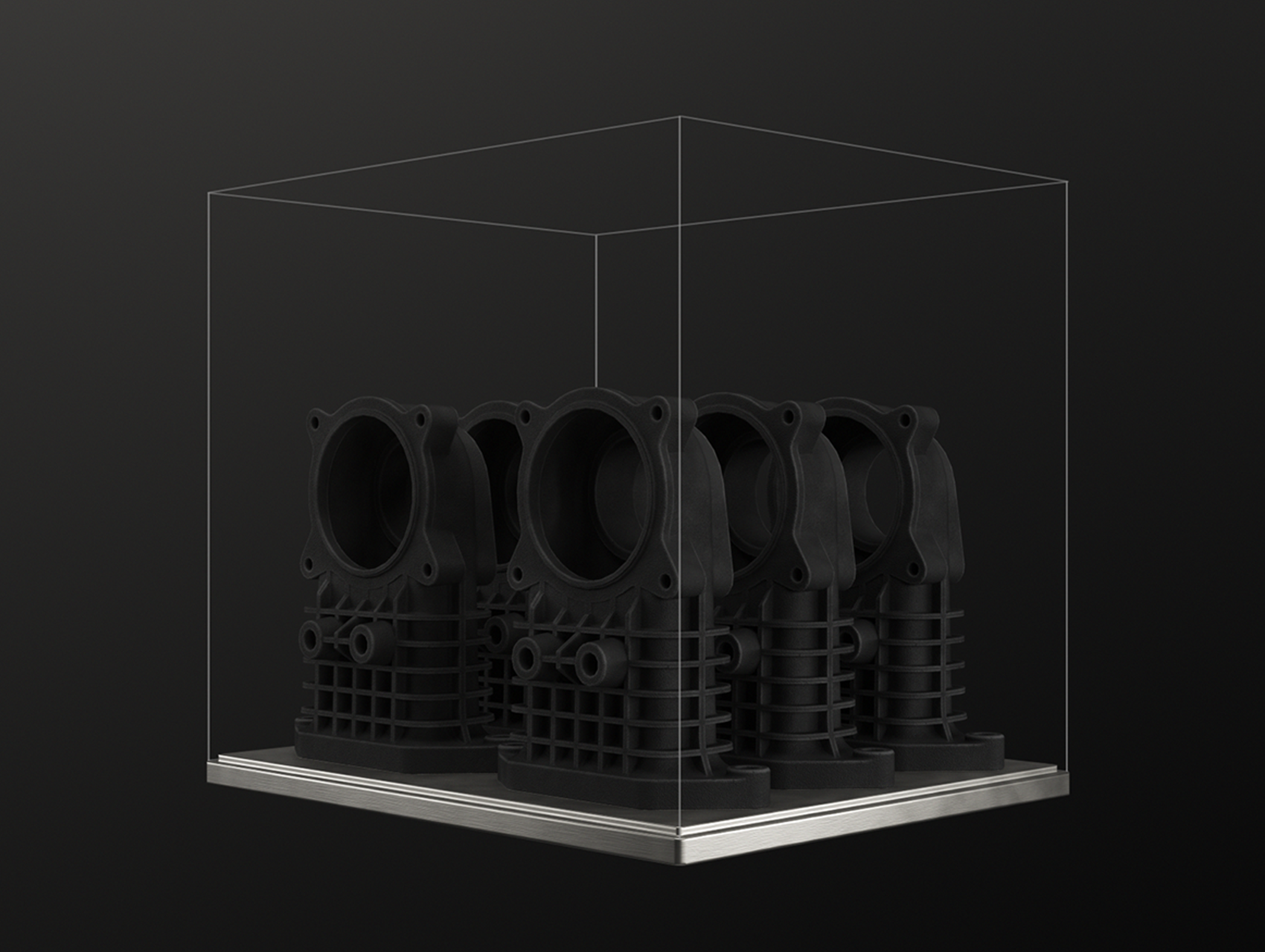
With a variety of build volumes, ETEC DLP printers are capable of printing a wide variety of part sizes, from large single parts to high volumes of smaller parts in a single build.
Since build times are entirely dependent on Z-axis height, having large build volumes in the X- and Y-axes allow for potentially thousands of parts to be printed at once, in the same time required to print one part.
High throughput via Faster Polymerization
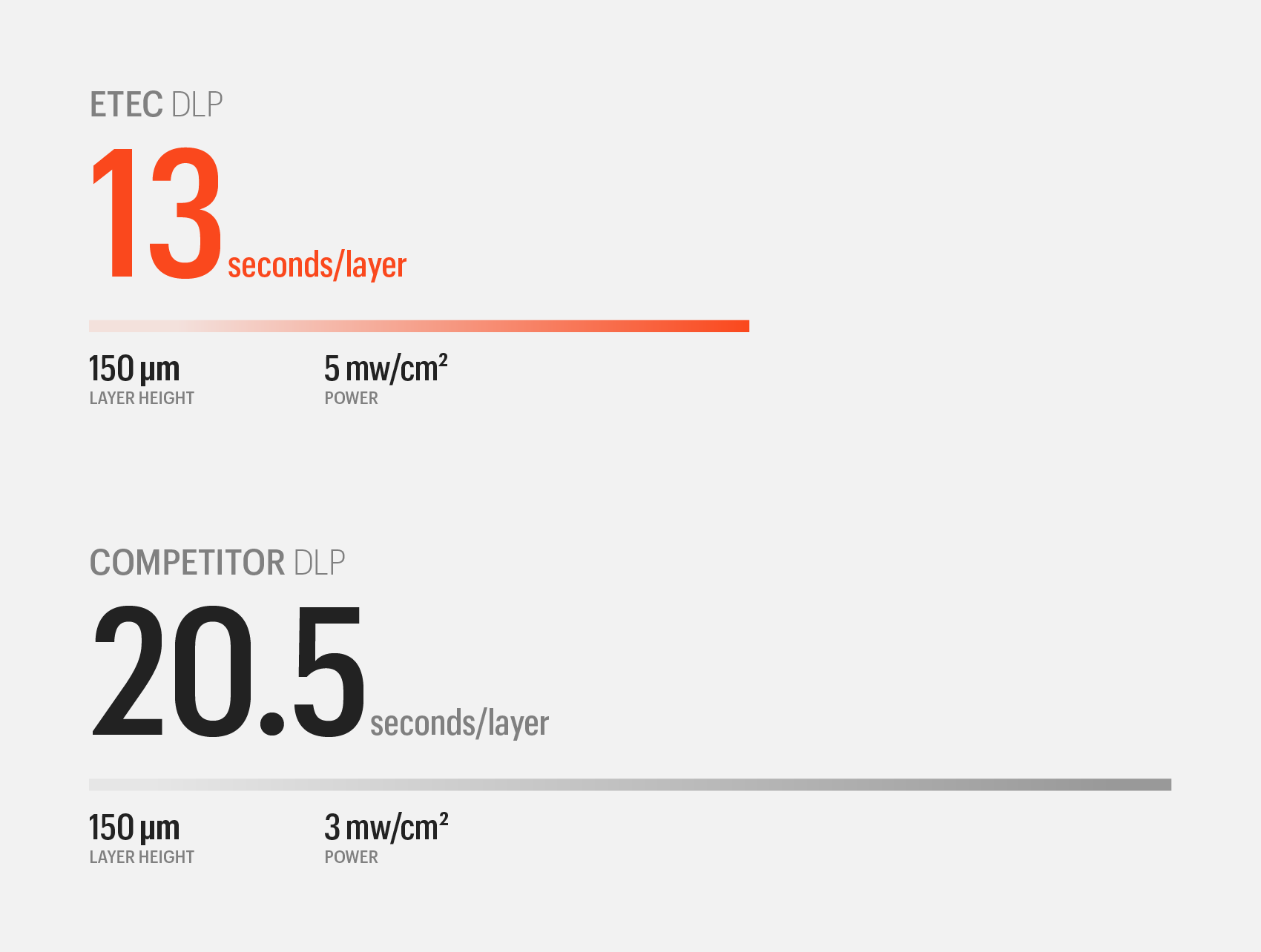
DLP build times are determined by Z-axis height because much of the print time is related to the time it takes to cure, or polymerize, each layer.
ETEC’s DLP technology enables the fastest layer polymerization through the use of the highest-power projectors and a highly efficient optical train.
By allowing for shorter exposure times per layer, ETEC systems ultimately deliver shorter print times and higher throughput.
High throughput via CDLM or Top-Down Printing
Many forms of DLP require each layer to be peeled off the film as the build plate moves up between layers. This peeling takes time and must be done slowly to ensure parts are not damaged.
The patented CDLM process of the Envision One and top-down printing of the Xtreme 8K eliminate the need for peeling, reducing the time needed to print each layer and overall print times.
High throughput via Lights-Out Manufacturing
Get the most out of your ETEC DLP system with high throughput, 24/7 manufacturing designed to rival the volumes of traditionally-manufactured plastic parts.
An automated system for lights-out manufacturing and a dashboard for monitoring all operations and remote control of each machine, further increase uptime for each system.
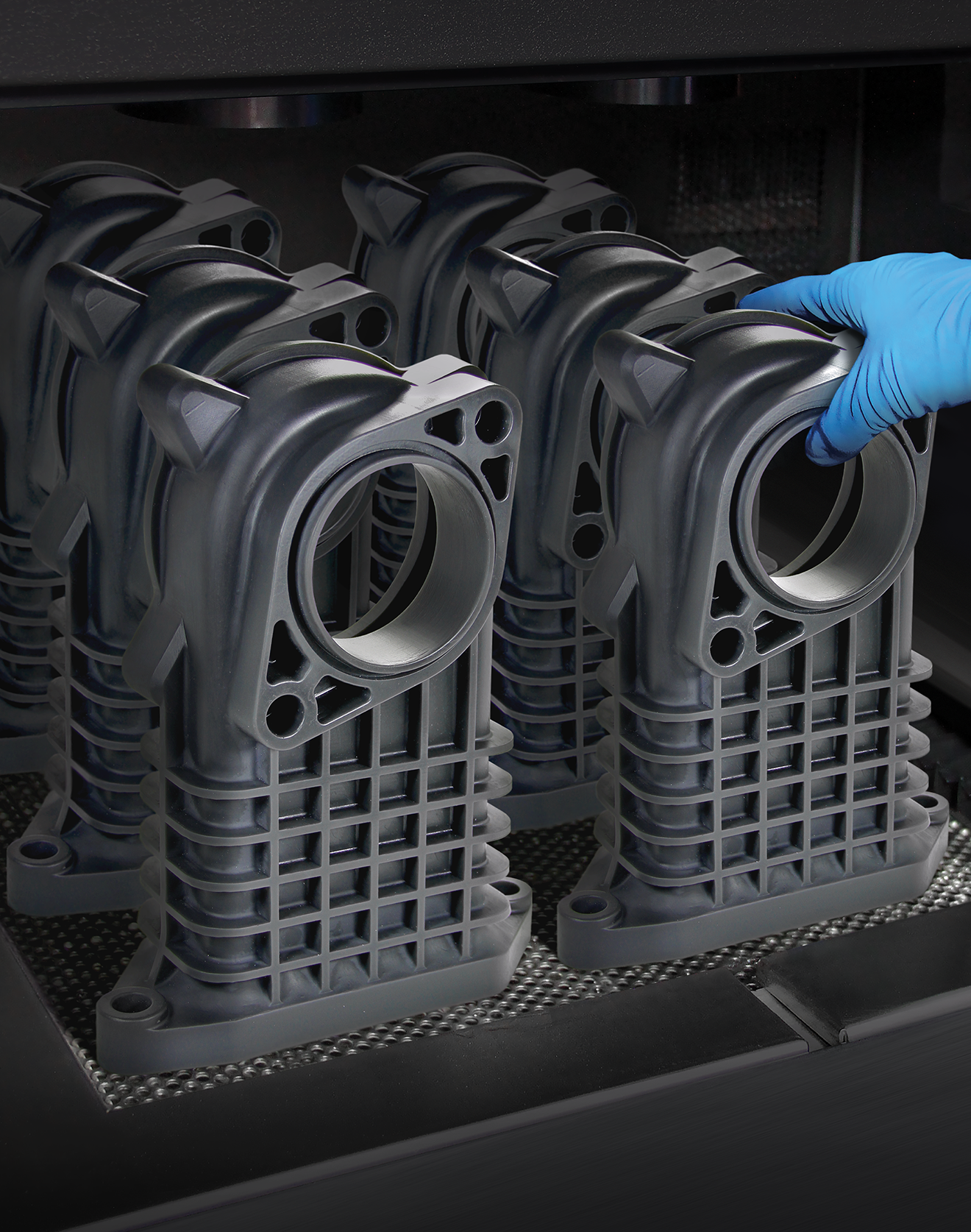

Superior Part Properties
Superior part properties with New Backbone Chemistry
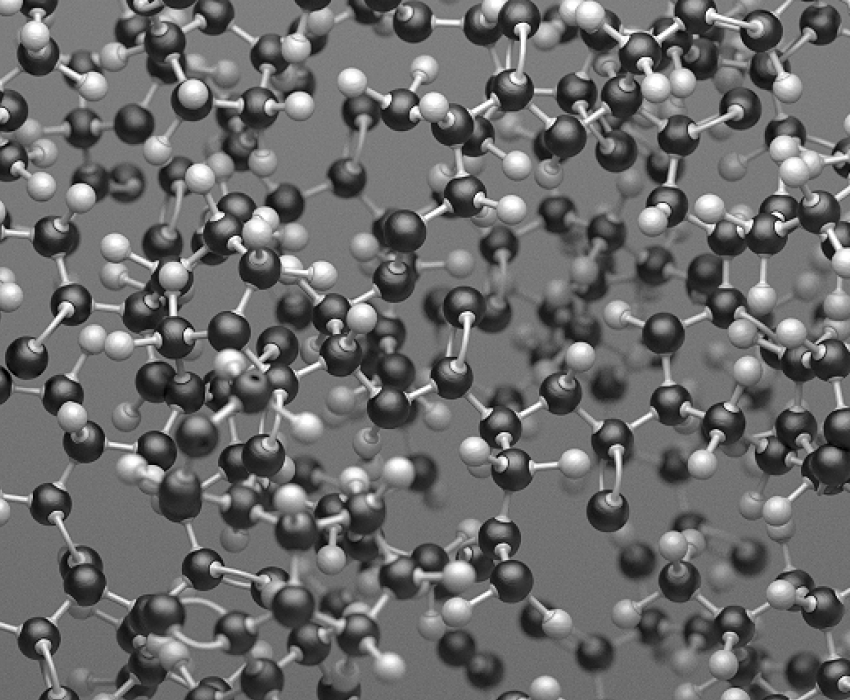
For decades, polymer 3D printing has been used for prototyping and tooling applications, but the technology hasn’t been widely adopted for the production of end-use parts.
One key to unlocking those end-use applications is the ability to create long-chain molecules in printed parts, resulting in significantly improved material properties, including isotropic strength – a key factor for many end-use parts.
ETEC printers and the DLP process include a number of hardware features – including high-powered projectors, custom-designed optics that minimize power loss– ensuring the creation of those long-chain molecules.
Superior part properties with Isotropic Material Properties

Isotropic material properties are essential for end-use components, but until recently have rarely been achievable with polymer 3D printing.
With FDM printing, very weak mechanical – not chemical – bonds form between each layer, resulting in anisotropic properties, or greater weakness along the Z axis than on the X or Y axes. This lack of uniformity has long kept FDM parts from being used as end-use parts.
With DLP printing, by comparison, each layer is left in a slightly uncured state, allowing it to chemically bond with the next layer as it prints. That bonding helps to create long chain polymers throughout parts, resulting in truly isotropic parts which are strong enough for end-use applications, and rival the properties of injection molded parts.
Superior part properties with 385nm Wavelength
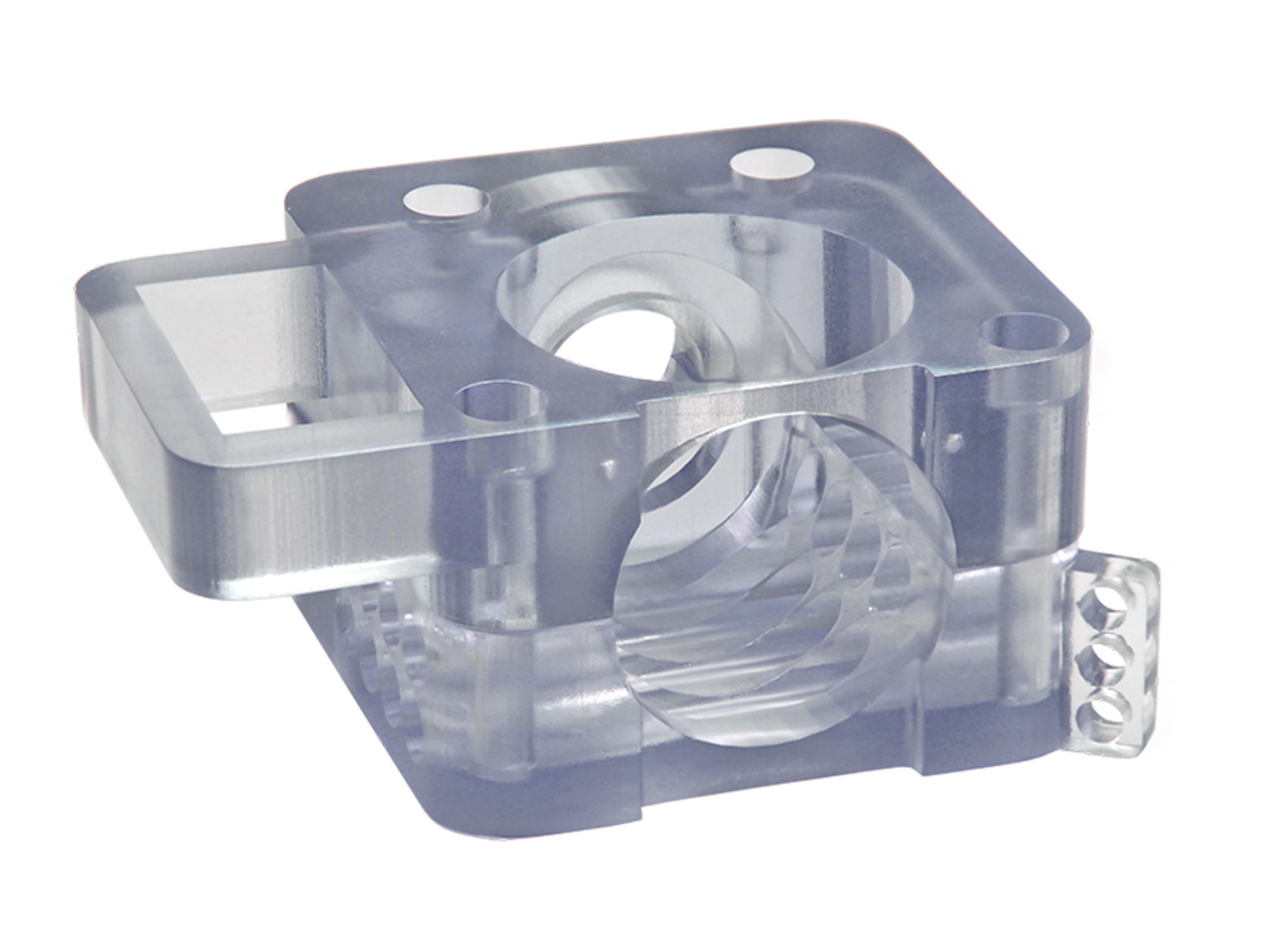
All UV-curable resins require the addition of photoinitiators to start the polymerization process. Resins cured with 385-nm wavelength light require significantly less than many other materials, because the 385-nm wavelength is where absorption peaks for most common photoinitiators. Limiting the amount of photoinitiator in a part is particularly important for clear materials, because higher concentrations of photoinitiator result in parts with a yellow tint.
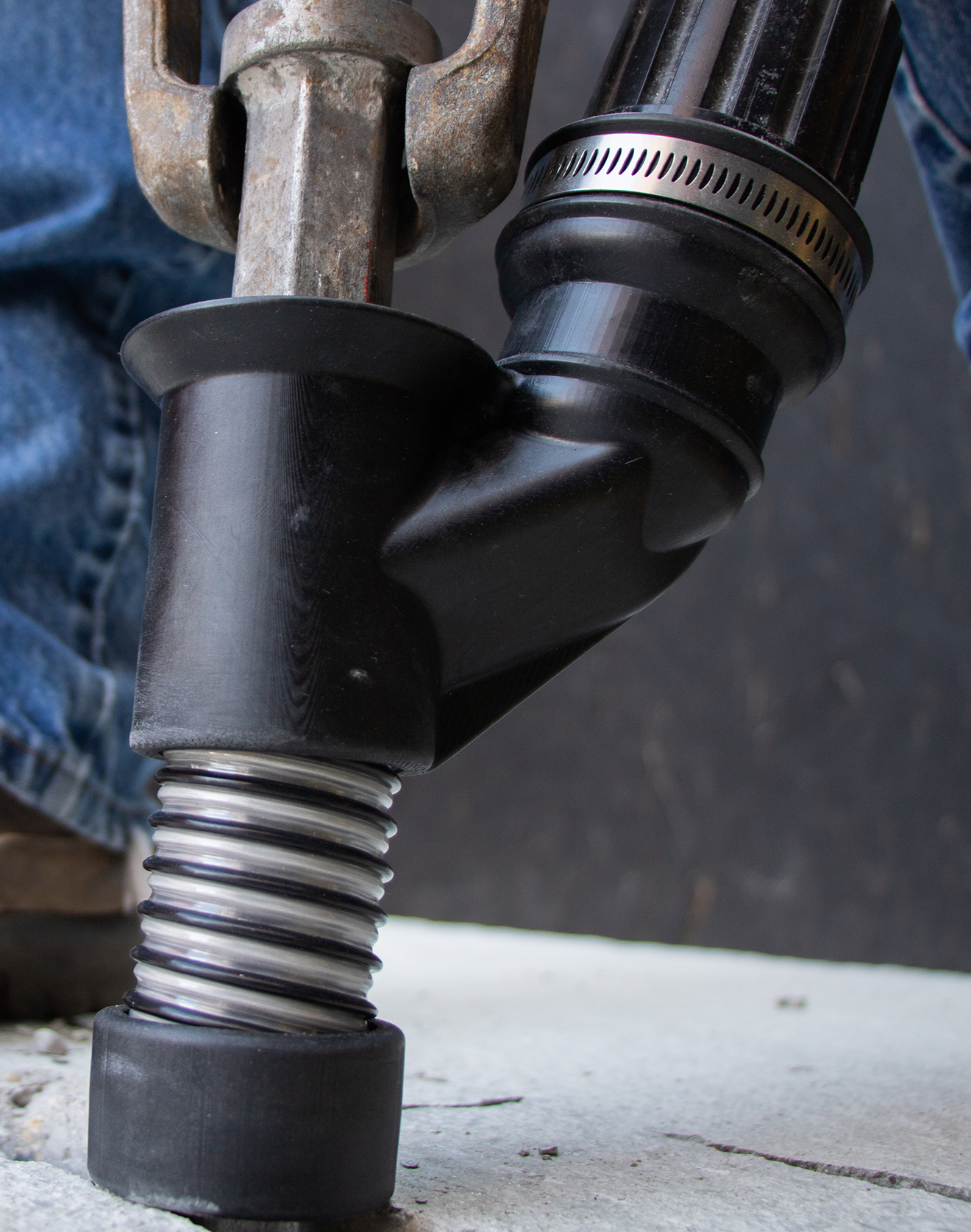

Quality Materials
Quality materials via Industry-Leading Material Suppliers
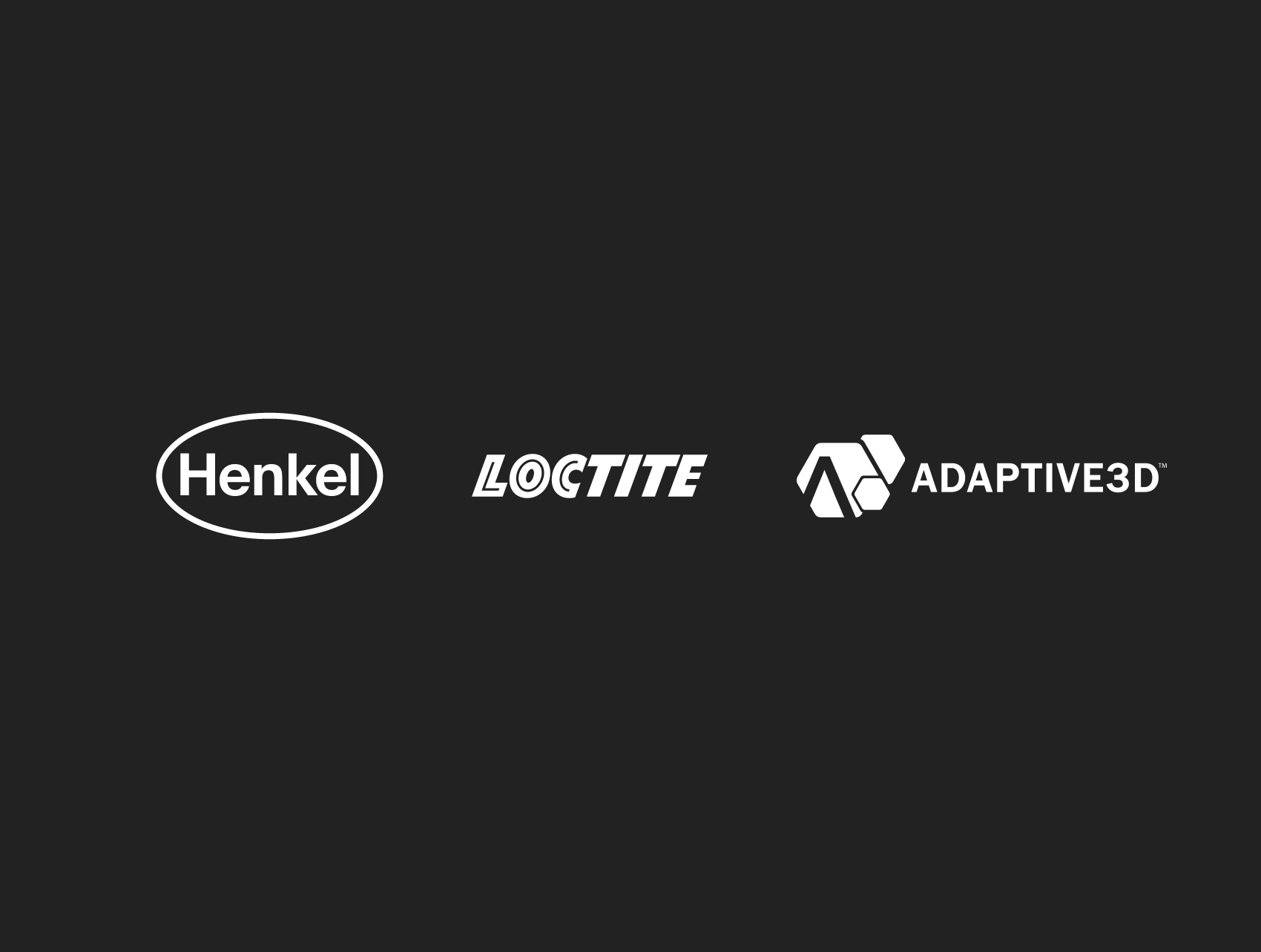
ETEC is determined to provide its customers with the best materials in the 3D printing industry. To do it, they utilize a world-class material science team to produce ETEC-exclusive materials, and partner with world-leading material suppliers. The printer systems are designed to be selectively open, giving users flexibility.
Quality materials via 190+ qualified materials
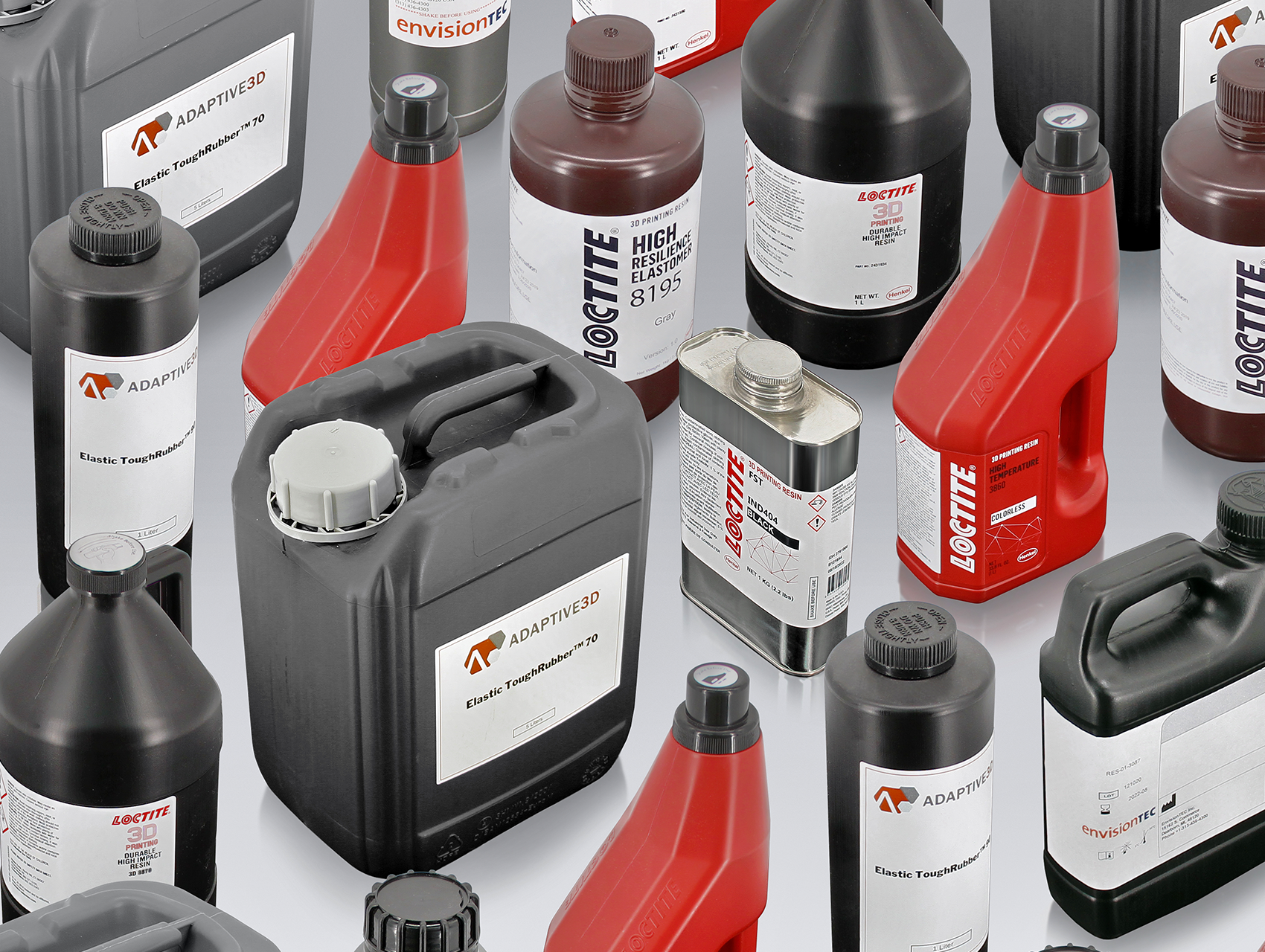
With more than 190 materials, from hard plastics to high-performance elastomers to high-temperature materials, ETEC’s material portfolio can address the widest range of applications.
Quality materials that break the stigma of resins
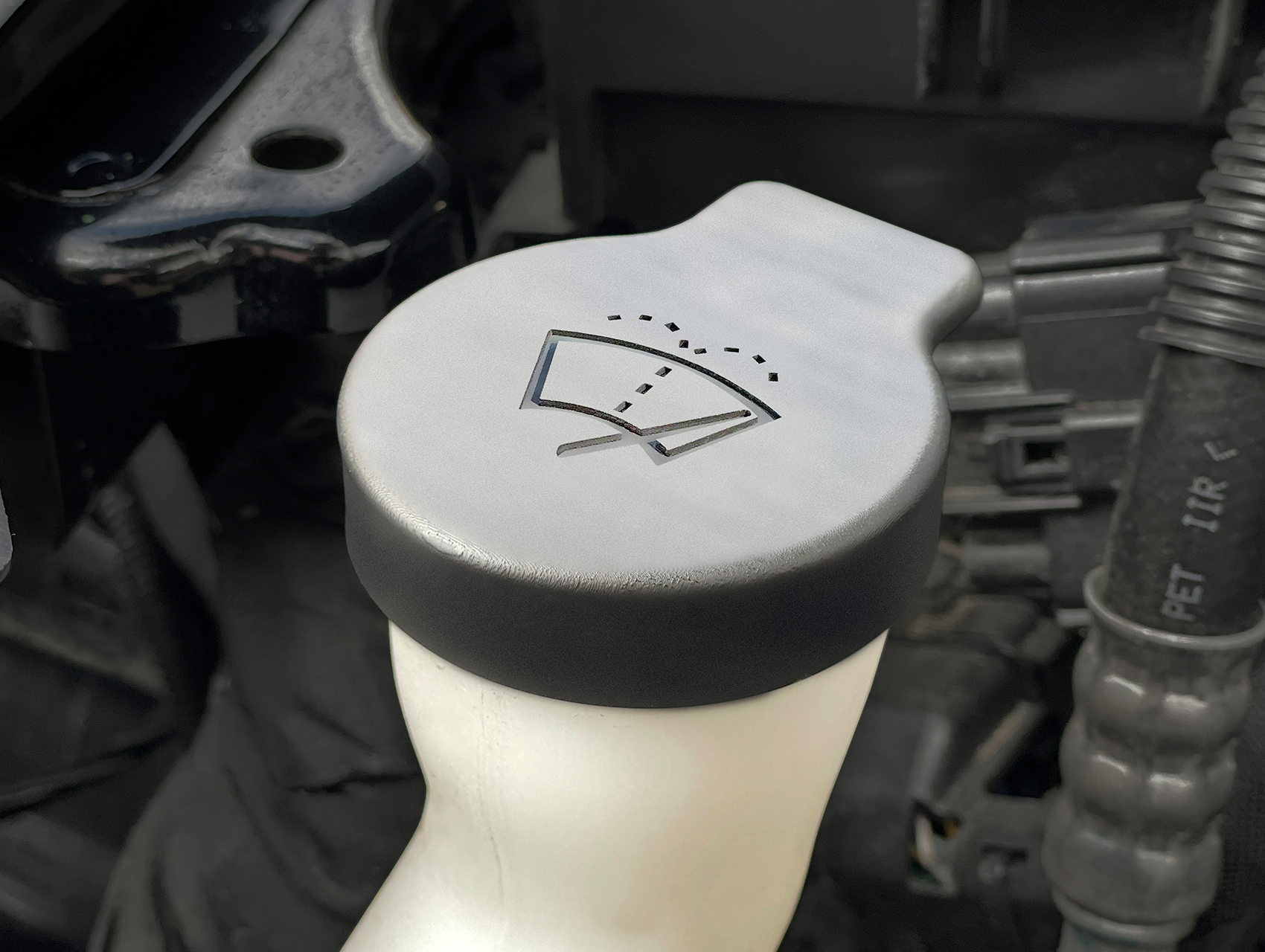
Though they have been available to print for decades, resins have long been stigmatized as brittle and possessing mechanical properties that deteriorate quickly. A new generation of resins is emerging to erase that stigma, and open the door to a host of new applications.
The superior properties delivered by this new generation of resins includes vital features for end use parts, including mechanical properties that remain stable over time, highly ceramic-filled materials for added toughness and improved surface finishes, and high-temperature materials without brittleness, which are ideal for demanding environments.
In addition to those materials, ETEC offers resins with high wax content, making them ideal for casting jewelry and other products.
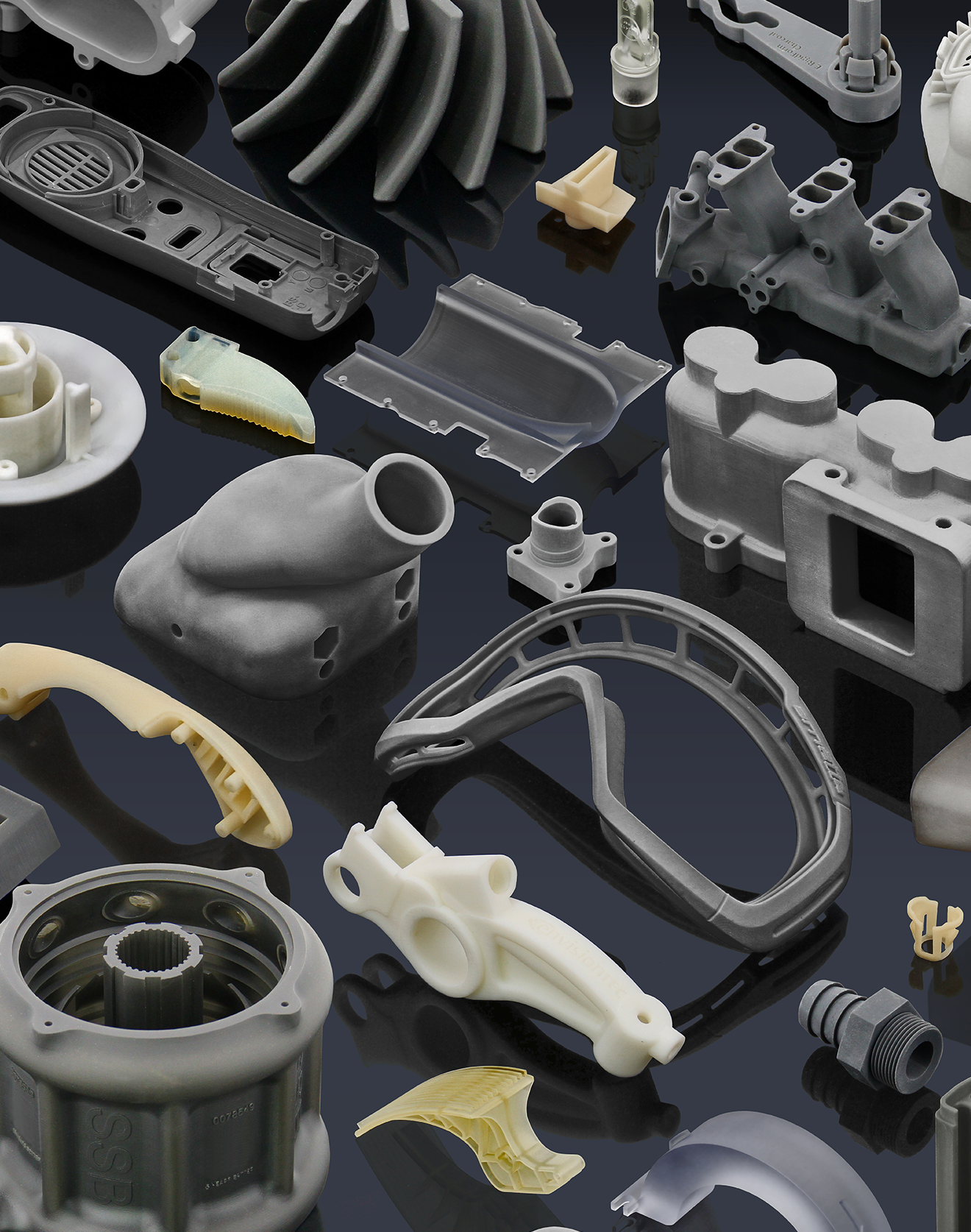

Easy To Use
Easy to use Software-Controlled Workflow
The software that powers all ETEC printers, Envision One Rapid Prototype (RP) simplifies the process of setting up and starting a print.
With optimized support strategies for every material and automatic part orientation calculation, Envision One RP helps ensure printing success. For users who want more control over prints, the software allows for manual editing of a range of support parameters, including tip thickness, beam thickness, beam spacing and more.
To help increase productivity, prints can even be started remotely.
Easy to use Fast Material Switching
With the ability to swap between any of ETEC’s 190-plus materials in just minutes, users can tailor their material choice to each specific application.
All ETEC materials come in a single pot, with no two-pot mixing required, simplifying the process of adding resin to the printer.
While the short shelf life of many competitor resins means they must be used within hours of being opened, all ETEC materials feature shelf lives of more than a year, ensuring no material ever goes to waste.
